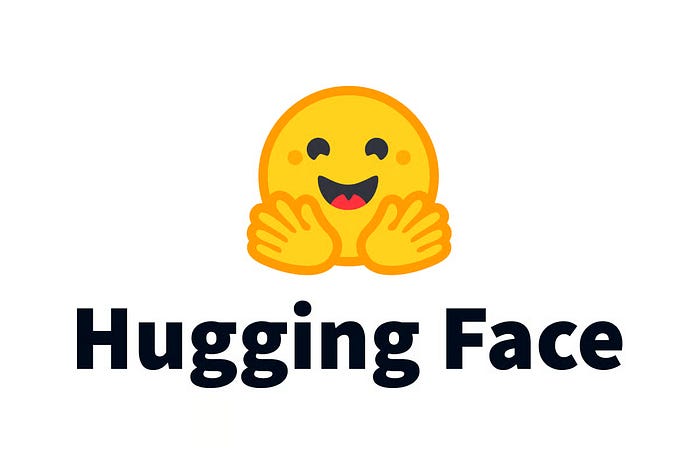Researchers Collaborate to Optimize High-Intensity High-Repetition Rate Laser Technology Using Machine Learning
The collaboration between Lawrence Livermore National Laboratory, Fraunhofer Institute for Laser Technology ILT, and the Extreme Light Infrastructure is making waves in the world of high-intensity laser technology. By harnessing the power of machine learning, these scientists are pushing the boundaries of what is possible with lasers.
Lead researcher Matthew Hill from LLNL explained, “Our goal was to demonstrate robust diagnosis of laser-accelerated ions and electrons from solid targets at a high intensity and repetition rate. With the help of a machine-learning optimization algorithm, we were able to maximize the total ion yield of the system.”
The team conducted over 4000 shots at the ELI Beamlines Facility in Czechia, consistently exceeding laser intensities of 3 × 1021 W/cm² onto solid targets. This experiment showcased the optimization of ion yield above the nominal baseline performance, thanks to the cutting-edge technology at their disposal.
Using the High-Repetition-Rate Advanced Petawatt Laser System (L3-HAPLS), the researchers were able to generate protons in the ELIMAIA Laser-Plasma Ion accelerator. The precision, beam quality, and repeatability of the L3-HAPLS laser allowed for intense laser pulses at a high repetition rate, driving the generation of secondary sources like electrons, ions, and x-rays.
The implications of this research are vast, with potential applications in medical therapy, materials science, and non-destructive analysis in fields such as cultural heritage and archaeology. The collaboration between these leading institutions is paving the way for exciting advancements in the world of high-intensity lasers.
















